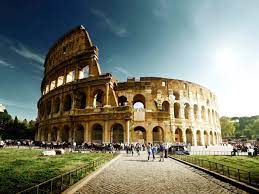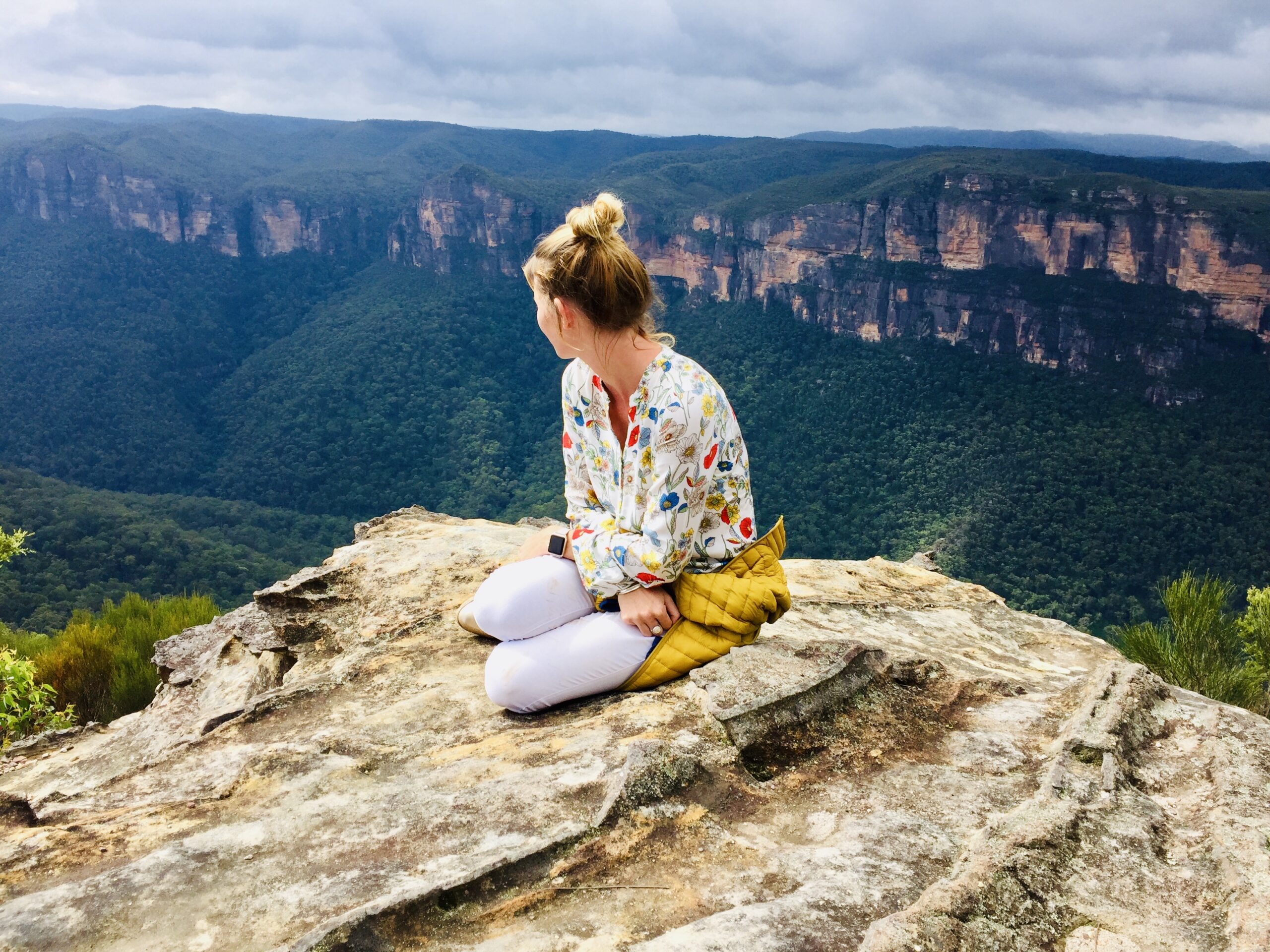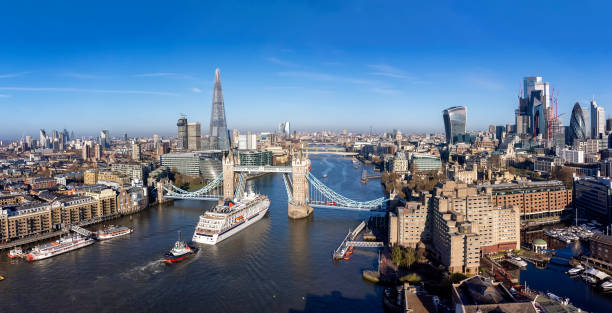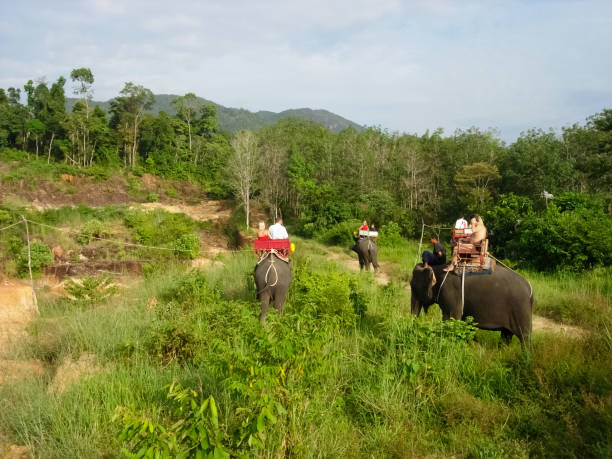TOP 10 UNESCO WORLD HERITAGE SITES WE VISIT ON TOUR
The United Nations have officially acknowledged these landmarks, and it’s not just because they are of outstanding cultural or physical importance. As you might expect, the UNESCO listing on which they are listed has a wide range of bucket-list destinations. While we love all the entries, we wanted to highlight 10 that we think are worth a closer look. We will be taking you on a tour of these sites with us. Enjoy our top 10 UNESCO World Heritage Sites that we visited on Tour and start thinking about the ones you would like to visit.
TAKAYAMA – JAPAN
Takayama’s Old Town is extraordinary, one of Japan’s most treasured gems. It was preserved since the Edo Period (1603-1603) and is the perfect place to see traditional Japanese streets. It’s almost like walking through time as you walk along the streets.
There are many activities available, and the area’s beauty is breathtaking. The most popular attractions are the Onsen (Japanese hot springs), sake tasting and delicious food. During our Japan tour, we visit this UNESCO-listed site. We also take a tour through Takayama Old Town to explore the breweries and sample sake. We recommend this venue to anyone considering a trip to Japan.
HIROSHIMA WAR EMORIAL – JAPAN
On August 6, 1945, the United States dropped an Atomic Bomb over Hiroshima during World War II. On impact, it is believed that around 70,000 people were killed. Tens of thousands more died from radiation poisoning and injuries in the weeks and months following. The Japanese suffered decades of pain and suffering as a result. Hiroshima, which has a population of more than 1.1 million, is now flourishing. The city is also known for its ability to foster international peace.
In 1996, the Hiroshima Peace Memorial was designated a UNESCO World Heritage Site. Our 14-day Japan tour takes us to Hiroshima Peace Memorial Park. A local guide will accompany us and provide information about the terrible events there. The Atomic Dome is seen, as well as the peace bell and the final prayer by the everlasting flame. We then visit the museum to learn more about Hiroshima’s tragic history and how these events will live on for the rest of our lives.
JAPAN – THE GOLDEN PAVILION
The Golden Pavilion, also known as Kinkakuji, is a Zen Buddhist temple located in Kyoto’s northern suburbs. It is a part of UNESCO Historic Monuments of Ancient Kyoto, inscribed in 1994. It is most famous for its two upper stories completely covered in gold leaf. This makes it a popular tourist attraction. The temple is closed to the public, so you can’t enter, but the view from the pond at the front is stunning. It is a stunning view of Kinkakuji and the lake in front. This makes for great photography!
Another popular attraction is the Golden Pavilion. It can get very crowded, so it’s best to avoid crowds. It is beautiful, and it’s best to enjoy it with fewer people.
NARA PARK – JAPAN
Nara Park is found in the city of Nara. Sorry for the obvious! It was established in 1880 and is considered one of Japan’s oldest parks. It is known for its beautiful resident deer that roam freely through the park. Legend has it that there are approximately 1,400 deer in the park. Tradition has it that a god led a white deer from Ibaraki Prefecture in Nara to Mt Mikasa, in Nara, around 768 AD. Deer were once considered holy, and their killing was a crime that could lead to death.
These animals are now protected and revered by locals as holy. You can also buy special crackers called “Shika-senbei” to feed the deer. There are many other attractions at Nara Park. These include Todaiji Temple, Nandaimon Gate and Kasuga-Taisha Shrine, which are all part of the UNESCO-listed site.
ITSUKUSHIMA – JAPAN
Miyajima Island is located approximately an hour from Hiroshima and is known for its beautiful trees and ancient temples. The most notable feature of this island is the Great Torii Gate. It is part of the Itsukushima Temple. It was designated a UNESCO Heritage Site in 1996. It is a Shinto shrine, which is believed to mark the border between the spirit and human worlds. The Torii gate can be found in the middle of the ocean and appears to float on top of the water at high tide.
KIYOMIZU DERA – JAPAN
Kiyomizu is a respected and well-known temple in Japan. The temple is located in Kyoto and dates back to 798. However, the current temple was built in 1633. This one is quite old in terms of reconstructions!
The temple is famous for its Hondo (main hall), Jishu-jinja shrine where you can pray for love success, and the exploration of Tainai–meguri. The sacred Otowa-no-Taki waterfalls are believed to give you life and health. Kiyomizudera means “clean water temple” and was built near Otowa waterfall.
PUERTO PRINCESA UNDERT RIVER – PHILIPPINES
The UNESCO World Heritage Site of Palawan, Puerto Princesa Underground River, attracts thousands of tourists every year (pre-pandemic). The river flows through the Puerto Princesa Subterranean River National Park. The park’s opening depends on weather conditions because some rivers are tidal. Officials will close the park if there is heavy rain or high waves.
The Puerto Princesa Underground River, the longest navigable underground river globally, is one of seven new wonders of nature. This river system is home to snakes, bats and swallows. If you are lucky, you might even be able to see them!
SIGIRIYA ROCK – SRI LANKA
Sigiriya Rock is the most popular tourist destination in Sri Lanka. It is one of eight UNESCO World Heritage Sites in Sri Lanka. The palace was once the royal palace for King Kassapa (one of the country’s oldest kings). Sigiriya Rock towers over the lush green jungles below and is Sri Lanka’s oldest remaining castle. It is also known as Lion Rock. The large lion statue at the entrance is the reason. The only thing left of the statue is the lion’s claws, which can still be found at Sigiriya rock’s base.
It is a steep climb to this ancient fortress. Be prepared for a long, sweaty trek. The climb to the summit is more than 1200 steps. While it sounds exhausting, the views from the top make it worth it. We recommend that you wear lightweight clothing and bring lots of water. It would be best if you also used sunscreen, as the scorching sun of Sri Lanka will shine down on your face after reaching the summit.
DAMBULLA CAVES – SRI LANKA
Dambulla Caves can be found approximately 30 minutes away from Sigiriya Rock and two hours from Kandy. This sacred site is the largest and most well-preserved cave complex in Sri Lanka. This UNESCO World Heritage Site includes five caves, each with its statue.
This Buddhist compound has been a popular pilgrimage site for more than 2,000 years. It is also known as the “Golden Temple of Dambulla”. The Maharaja Vihara Lena, also known as the Cave of the Great Kings, is the largest cave. This is because of two sculptures of Valagambahu and Nissankamalla, two ancient Sri Lankan Kings.
We will remind you to bring your water bottle. You will be walking a lot to reach the top of Sri Lanka, and you’ll feel it in Sri Lanka’s humid heat. The monkeys mustn’t be trying to grab it. They can be very clever!
GALLE FORT – SRI LANKA
Galle is Sri Lanka’s fourth-largest city. However, one thing sets it apart from Colombo or Negombo. You will find the Galle Fort, also known as the Dutch Quarter, right on the shoreline as you travel through the city. The Portuguese established this colonial settlement in 16th-century Sri Lanka. It is one of the most well-preserved colonial towns in Sri Lanka. The Dutch occupied the fort in the 17th century and strengthened the area until it was surrendered to the British. It is now a UNESCO World Heritage Site and one of the most popular tourist destinations in Sri Lanka.
Galle Fort is where you will feel like you are back in time. The most visited destinations include the Galle clock tower and the Groote Kerk. The lighthouse is now a favourite spot for aspiring photographers and has become a viral hit on Instagram. It is worth spending time exploring the charming town and taking in all of its sights. You might even be able to spot sea turtles under the walls of the fort.
HONOURABLE MENTION: THE MAJESTIC TAAJ MAHAL – INDIA
The Taj Mahal has been a UNESCO World Heritage Site since 1982. It is also one of the seven new wonders of modern times. The Taj Mahal is what most people associate with India when they think about India. This location is visited by millions of people every year before the pandemic. It’s easy to see why when you visit it yourself.
The Taj Mahal mausoleum was built by Shah Jahan, Mughal Emperor, in 1632. This landmark was built in honour of Shah Jahan’s wife, who died while giving birth. This is the most beautiful sight you’ll ever see in India, and it should be on your India bucket list!
Our 14-day India tour will take us to the Taj Mahal, and then we’ll ride Tuk Tuks to Mehtab Bagh. This beautiful area, also known as the moonlight garden, allows you to view the Taj Mahal without the crowds. This is a great place to capture amazing photos and witness the architectural wonder at sunset.




Post Comment